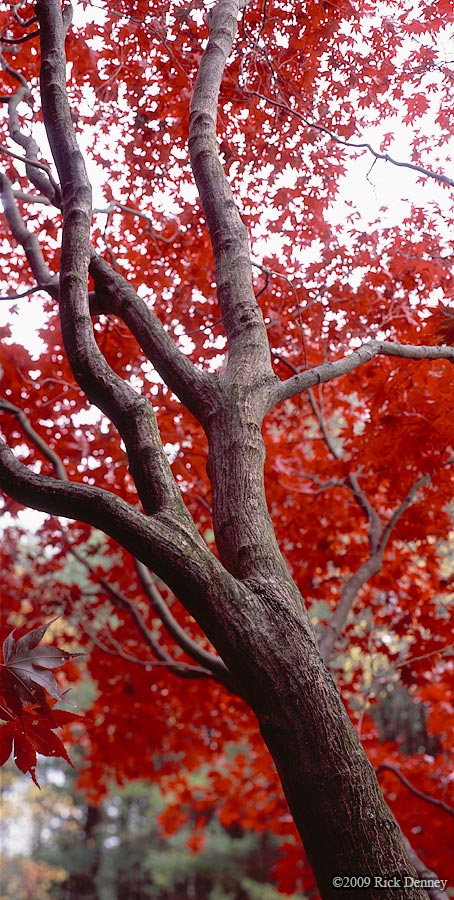Not sure if this is the right thread, but I'd like to chime in that whatever you guys come up with, I'd LOVE for it to do 11x14. Not being able to scan 11x14 easily in my house is probably the #1 reason I have not gotten into it yet. My wallet will thank you if you ignore the request I just wrote.



 Reply With Quote
Reply With Quote



Bookmarks